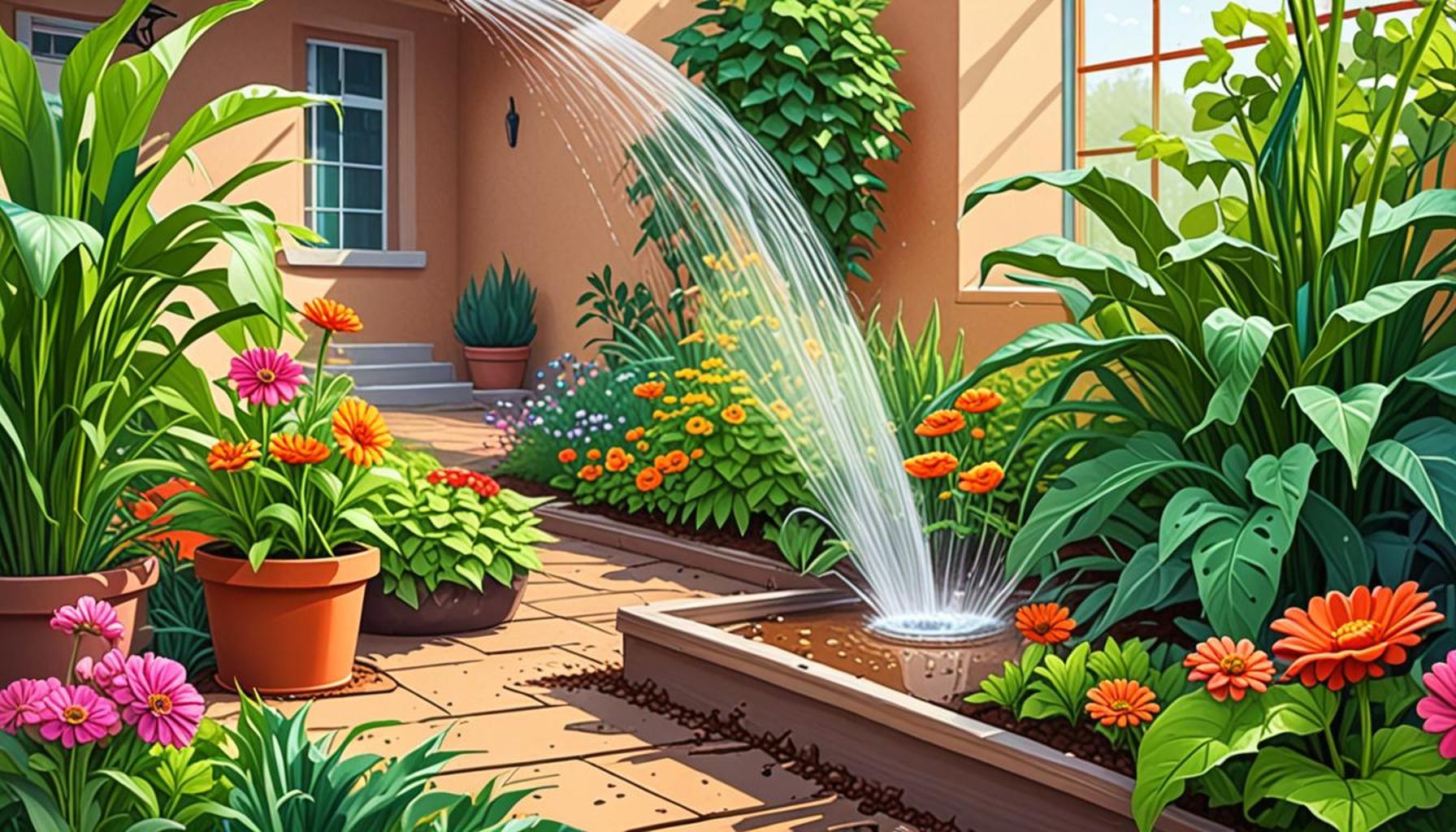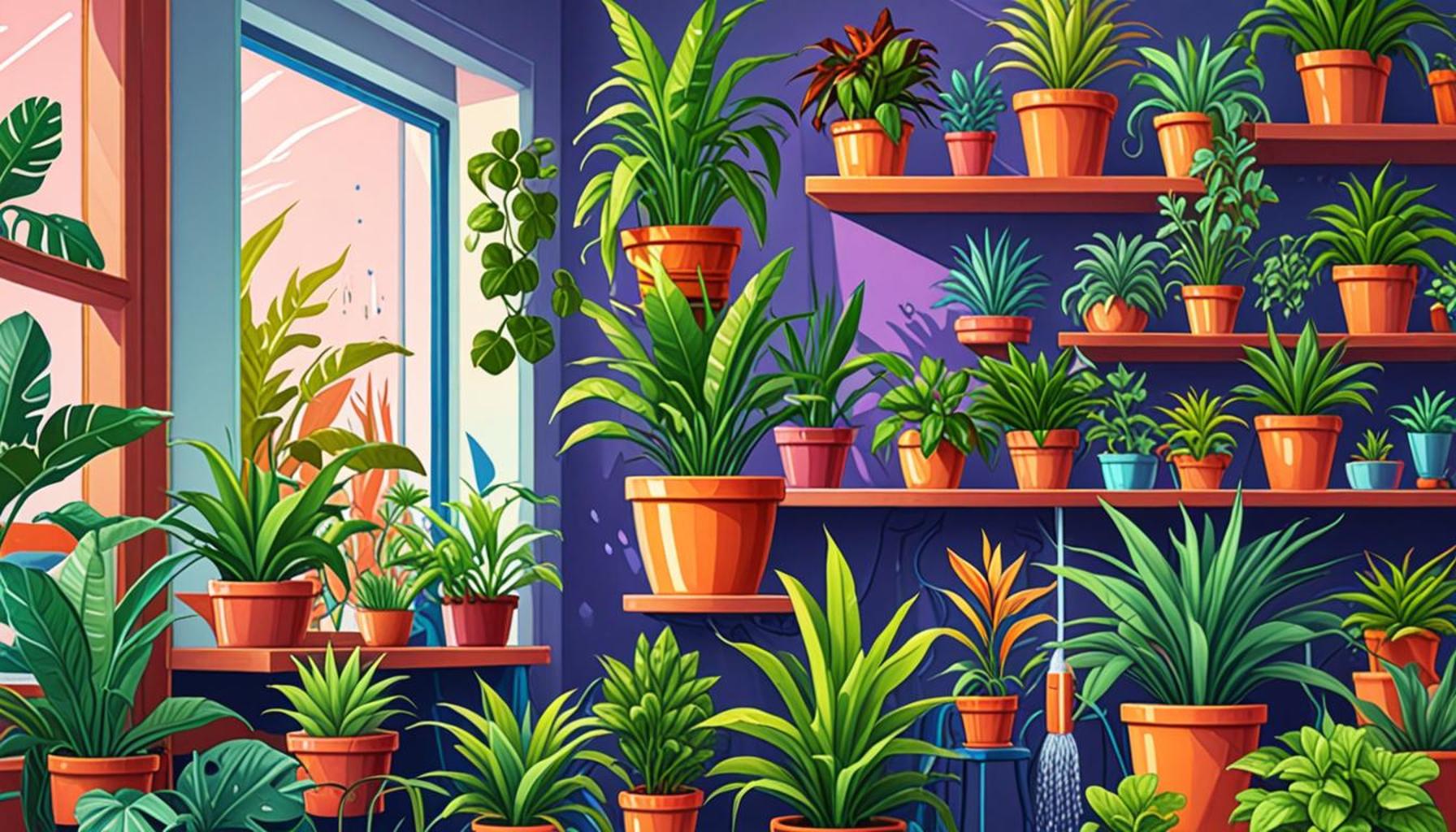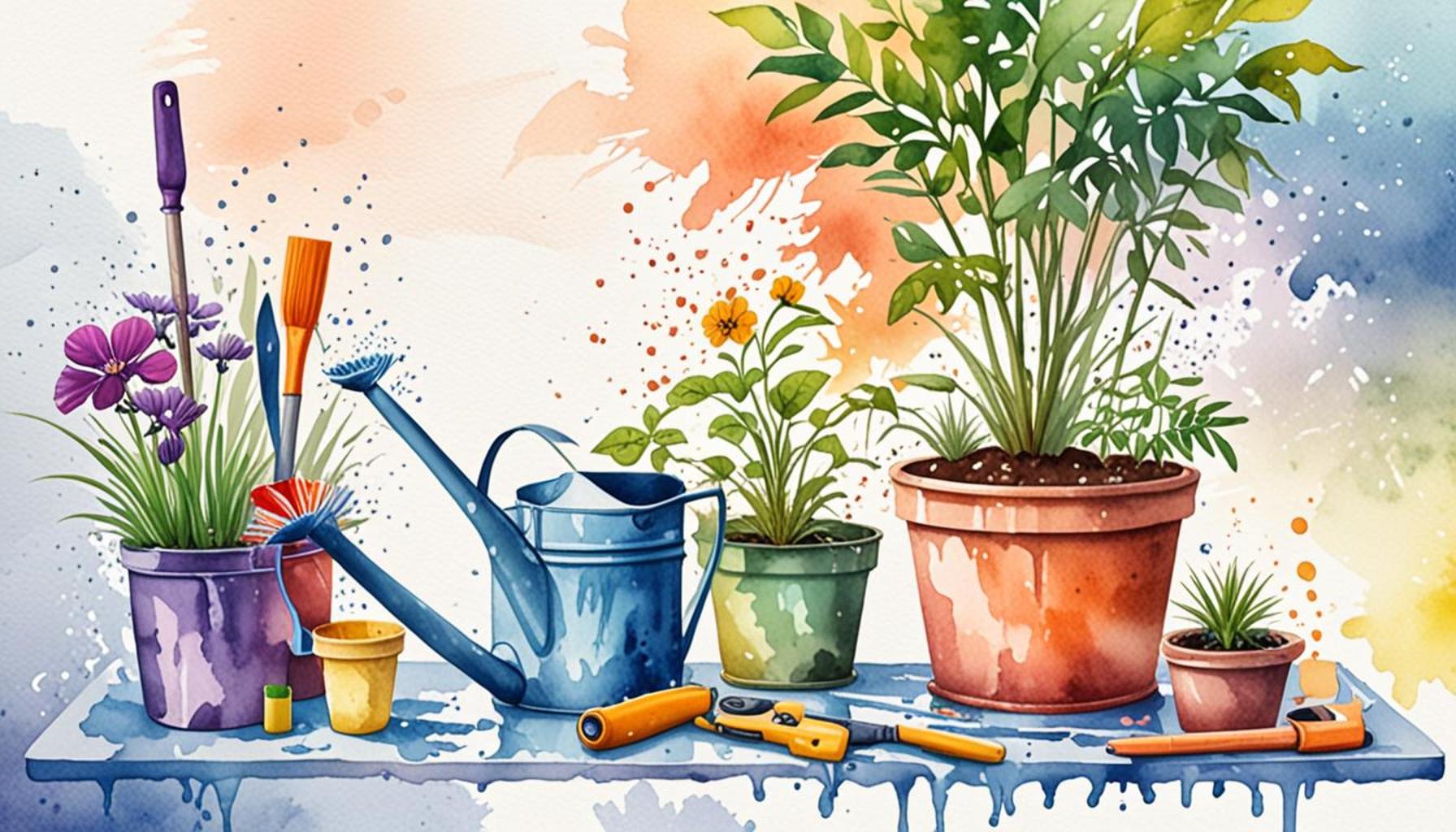The Impact of Temperature and Humidity on Watering House Plants
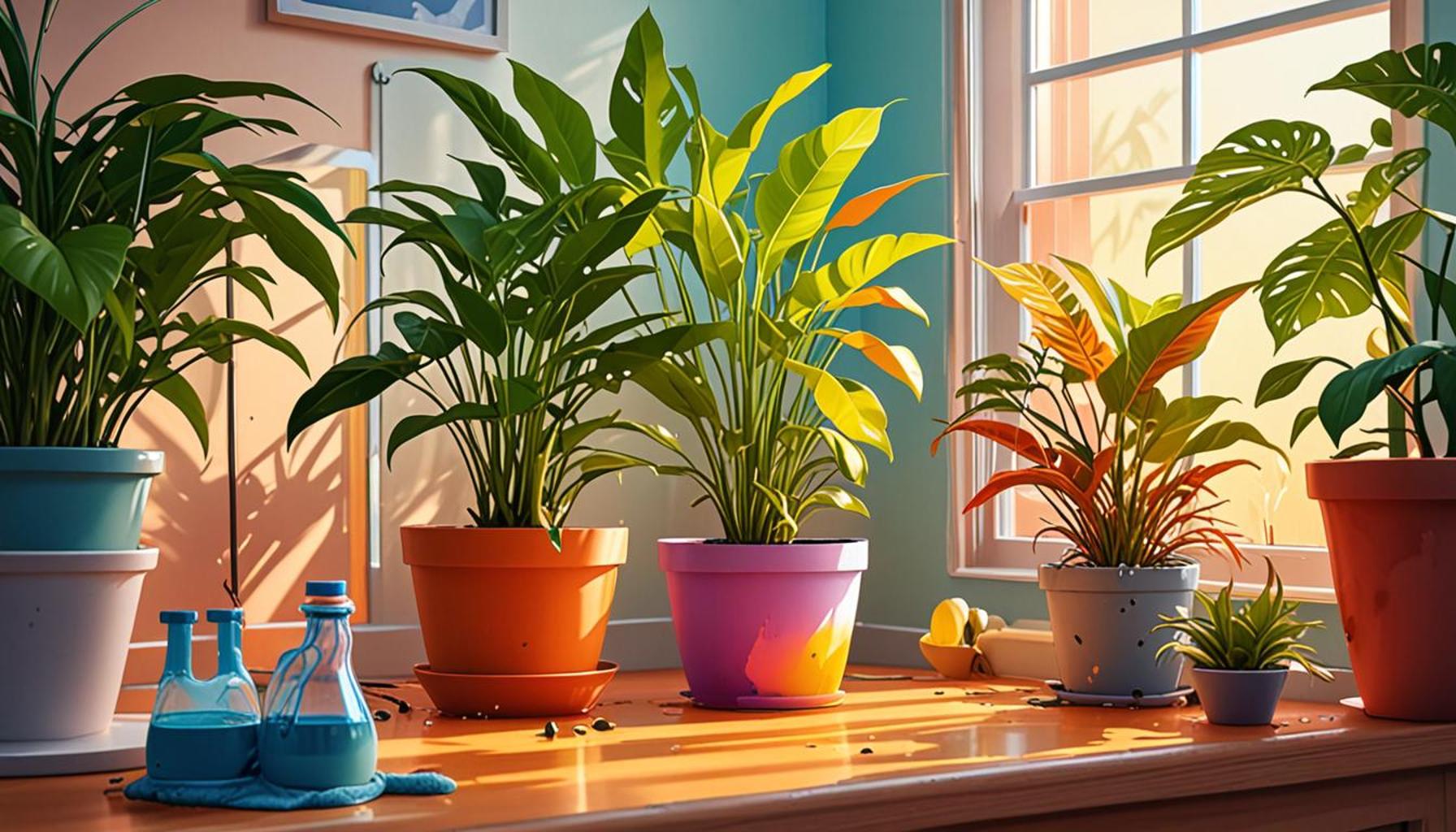
The Intricacies of Caring for Indoor Plants
When nurturing houseplants, understanding the dynamics of their environment is critical for their health and well-being. While it may be tempting to focus solely on watering, temperature and humidity play pivotal roles in shaping your plants’ needs and responses. These factors can greatly affect not just how much water your plants need, but also their overall vitality. Misjudging the balance can lead to overwatering or underwatering, both of which can spell disaster for your green companions.
The following elements are essential to consider for optimal plant care:
- Temperature Levels: Each plant species has its unique temperature preference. For instance, tropical plants like philodendrons or peace lilies flourish in warm conditions, typically between 65°F and 80°F. In contrast, plants such as ferns or cacti may thrive in cooler environments. Recognizing these nuances can greatly enhance your plants’ growth and happiness.
- Humidity Levels: Many houseplants, especially those originating from tropical climates, thrive in high humidity levels. During the summer months, maintaining humidity around 50-70% can promote lush growth. Conversely, during winter, the indoor air can often drop to as low as 20% due to heating, which can stress sensitive plants.
- Seasonal Changes: As the seasons shift, so do the water requirements of your plants. For example, while summer may encourage rapid growth and an increased thirst for water, winter often harkens a dormant period where plants require less hydration. Understanding your plant’s seasonal needs is crucial, as neglecting to adjust watering schedules can lead to detrimental outcomes.
Take winter, for example. The use of indoor heating systems effectively dries out the air, necessitating a closer watch on your plants. You may find that the usual watering schedule needs revisiting. As for some robust summer days, increased humidity can delay soil drying, making it critical to monitor soil moisture to prevent root rot. By observing these changes in your home environment, you can tailor your watering practices accordingly.
Diving deeper into the fascinating relationship between temperature and humidity reveals an intricate symbiosis that guides how to care for your plants effectively. Adapt your practices to create an ideal microenvironment, and you will be rewarded with thriving plants that add beauty and life to your indoor spaces. By honing your awareness of these elements, you will not only foster a vibrant indoor garden but also deepen your connection with the natural world within your home.
DISCOVER MORE: Click here to learn about how weather affects your garden
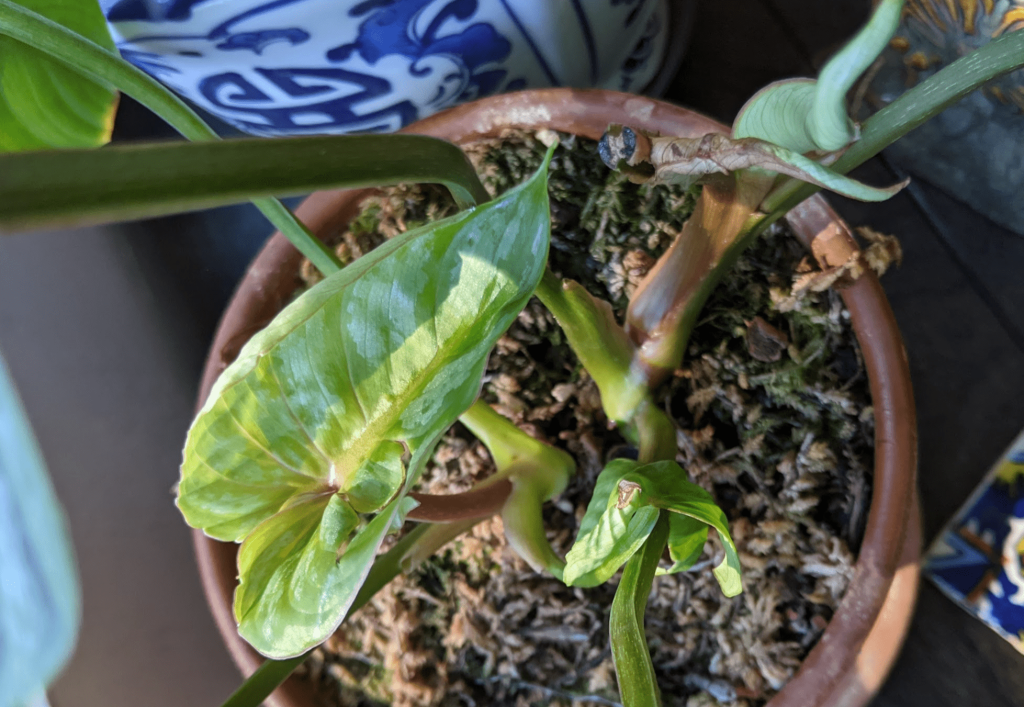
Navigating Temperature: The Heartbeat of Plant Care
When it comes to watering house plants, temperature serves as a critical compass guiding the care routine. Plants, being living organisms, respond dynamically to temperature changes, which impacts their metabolism, growth, and consequently, their water needs. As temperature rises, most plants enter a growth phase, absorbing water at a faster rate. Conversely, during cooler conditions, their growth slows down, and so does their thirst.
This temperature-water relationship holds especially true for indoor plants, which are often influenced by external weather conditions. For instance, during a summer heatwave, tropical houseplants may show rapid leaf growth, requiring more frequent watering, while the same plants placed in a colder room may sulk, needing significantly less water. Therefore, understanding the ideal temperature range for your plants will allow you to adjust your watering schedule accordingly.
Temperature can vary significantly in different areas of your home. For example, kitchens are typically warmer due to cooking appliances, while areas near windows may experience fluctuations based on time of day and seasonal changes. Grouping plants with similar temperature needs together can create a more stable microenvironment, thus simplifying care routines and improving overall plant health.
The Humidity Factor: More Than Just Moisture
Alongside temperature, humidity is another major player in the watering equation. Many houseplants thrive in conditions of 50% to 70% humidity, mimicking the humid environments of their native habitats. Plants like fiddle leaf figs and Boston ferns benefit immensely from high humidity levels, which assist in preventing dehydration and supporting robust growth.
As winter approaches, the humidity in a typical home often plummets due to heating systems. The drop can lead to dry air, causing stress to moisture-loving plants. Indoor air can strum down to dangerously low levels, sometimes hovering around 20%. At this point, understanding the relationship between humidity and plant care becomes vital. You may find it helpful to use humidity trays or a humidifier to create a more supportive environment for your plants. Alternatively, regularly misting the leaves or placing groups of plants close together can effectively raise the humidity levels and promote a healthier atmosphere.
However, raising humidity is not a one-size-fits-all solution. Plants have unique needs that vary by species and even individual plant conditions. It’s essential to regularly check the moisture levels in the soil and the air surrounding your greenery to determine how best to achieve the right humidity balance.
In conclusion, monitoring temperature and humidity levels is key to developing a successful watering strategy for your house plants. When you adjust your care routine according to these environmental factors, you set the stage for your plants to flourish, transforming your living space into a vibrant oasis of greenery.
The Impact of Temperature and Humidity on Watering House Plants
As we delve deeper into the relationship between temperature, humidity, and watering house plants, it becomes evident that these environmental factors play a crucial role in plant health and hydration needs. Houseplants, subject to varying climatic conditions, showcase an impressive adaptability; however, understanding their specific requirements can significantly enhance their growth.
Temperature Sensitivity
Each houseplant species exhibits distinct responses to changes in temperature. For instance, tropical plants thrive in warmer conditions, generally preferring temperatures between 65°F and 75°F (18°C to 24°C). Conversely, succulents and cacti, which are adapted to arid environments, are best suited to temperatures slightly higher but can tolerate cooler nighttime temperatures. When temperatures surge beyond optimal ranges, plants may experience increased transpiration rates, leading to potential drought stress. Conversely, cooler temperatures can slow down growth and necessitate a reduction in watering frequency.
Humidity Levels Matter
Just as critical as temperature, humidity levels wield considerable influence over a plant’s watering needs. High humidity can often delay the need for water as plants are absorbing moisture from the air. In contrast, low humidity levels, common in winter months due to heating systems, can result in rapid moisture loss through leaves. To combat this, misting plants or using a pebble tray can help retain necessary humidity levels. Understanding the natural habitat of your houseplants can guide you in creating an optimal environment, replicating their native climate conditions for better health and growth.To illustrate the nuances in this relationship, let’s examine a key aspect regarding the watering frequency of plants under various environmental conditions.
| Condition | Recommended Watering Approach |
|---|---|
| High Temperature | Increase watering to prevent drought stress. |
| Low Humidity | Maintain moisture through misting or pebble trays. |
While these guidelines provide a helpful starting point, it is essential to observe individual plant responses and adjust care practices accordingly. Employing a moisture meter can also support informed decisions about when to water, ultimately leading house plant enthusiasts toward maintaining vibrant and healthy greenery in their home.
DISCOVER: Click here for natural pest control tips
Balancing Act: Temperature and Humidity for Optimal Growth
By now, it is clear that both temperature and humidity play integral roles in determining the watering needs of house plants, but the relationship between the two is equally significant. When temperatures rise, the air can often feel drier, particularly in heated indoor spaces. This phenomenon can lead to increased evaporation of moisture from the soil, meaning that higher temperatures do not always equate to a straightforward increase in watering frequency. Instead, it requires a delicate balancing act with humidity levels.
This connection is particularly pertinent for houseplants native to tropical regions. For example, peace lilies thrive in high humidity, and while heat can amplify their water requirements, insufficient humidity can lead to wilting and leaf curling. Maintaining humidity levels through methods such as pebble trays or misting becomes essential when managing the watering schedule for such plants. This intersection of temperature and humidity creates a more nuanced picture for plant care, pushing plant owners to assess both factors in unison.
Understanding Your Plant’s Microenvironment
It is also essential to consider the impact of a plant’s specific microenvironment in your home. Corners, windows, or sheltered areas can create unique conditions that differ from the surrounding environment. For instance, plants placed too close to heating vents may not only experience increased temperatures but also reduced humidity, requiring a more vigilant watering approach. This localized understanding of temperature and humidity becomes vital in tailoring care for different varieties.
- Placement: Consider moving humidity-sensitive plants away from drafty windows where cold air might shock them, or from heaters that may dry them out.
- Micro-climates: Utilizing humidity trays under plants not only boosts moisture levels but can also create a localized climate ideal for growth.
- Observational Care: Pay attention to plant cues – drooping leaves or yellowing can indicate not just over or under-watering but also environmental stress due to temperature or humidity fluctuations.
Moreover, during seasonal transitions—like shifting from summer to fall—houseplants may require adjustments to their watering schedule. As the temperatures begin to drop and humidity levels fluctuate, a renovation of your indoor gardening practices is critical. For instance, spider plants, which thrive in warmer months, may go dormant and require less frequent watering as the weather cools down. Understanding your house plants’ seasonal needs in relation to temperature and humidity can help preemptively address their needs, reducing the risk of shock during these transitions.
Tools for Success
Finally, various tools can significantly aid in monitoring your plants’ requirements in relation to temperature and humidity. A hygrometer can provide accurate readings of local humidity levels, while soil moisture meters can indicate when to water based on moisture content rather than relying on memory or habit. By utilizing these devices, you can take the guesswork out of plant care and foster a more responsive, intuitive approach that adjusts to the ever-changing environment of your home.
Incorporating these considerations not only helps promote the health of your house plants but also enhances the enjoyment of nurturing them in your living space. Understanding the synergistic relationship between temperature and humidity is an essential step towards creating a thriving indoor garden, offering both beauty and freshness to your environment.
DISCOVER MORE: Click here for easy gardening options
Conclusion: Nurturing Growth through Environmental Awareness
In navigating the intricate world of houseplant care, understanding the impact of temperature and humidity emerges as an essential cornerstone for success. As we have explored, the interplay between these two factors can dramatically affect the watering needs of your plants. A single miscalculation can lead to wilting leaves, stunted growth, or even plant death. Being aware of how temperature fluctuations, particularly in different seasons, pair with varying humidity levels is critical for sustaining the health of your indoor greenery.
Moreover, recognizing that each plant species carries unique requirements fosters an environment of attentiveness and adaptability. Tailoring care involves not only adherence to general watering guidelines but also keen observation of your plant’s specific microenvironment. Whether it’s adjusting the placement of your peace lily away from heating vents or utilizing humidity-boosting techniques for spider plants, these small adjustments can yield significant improvements in plant vitality.
With the aid of tools such as hygrometers and soil moisture sensors, you can enhance your indoor gardening experience, ensuring timely and adequate care. Embracing a proactive approach by continuously monitoring the environmental conditions within your home allows you to cultivate a thriving indoor ecosystem. Knowledge of the relationship between temperature, humidity, and watering ultimately transforms your plant care routine into a rewarding journey, inviting beauty and greenery into your living space while enriching your interaction with nature.
As you continue to explore the world of houseplants, remember that a respectful understanding of their needs, rooted in the principles of temperature and humidity, is vital for long-term success.

